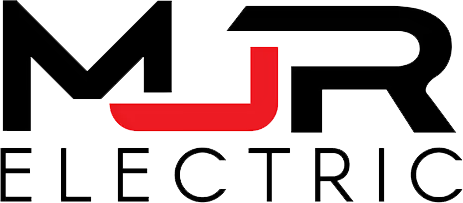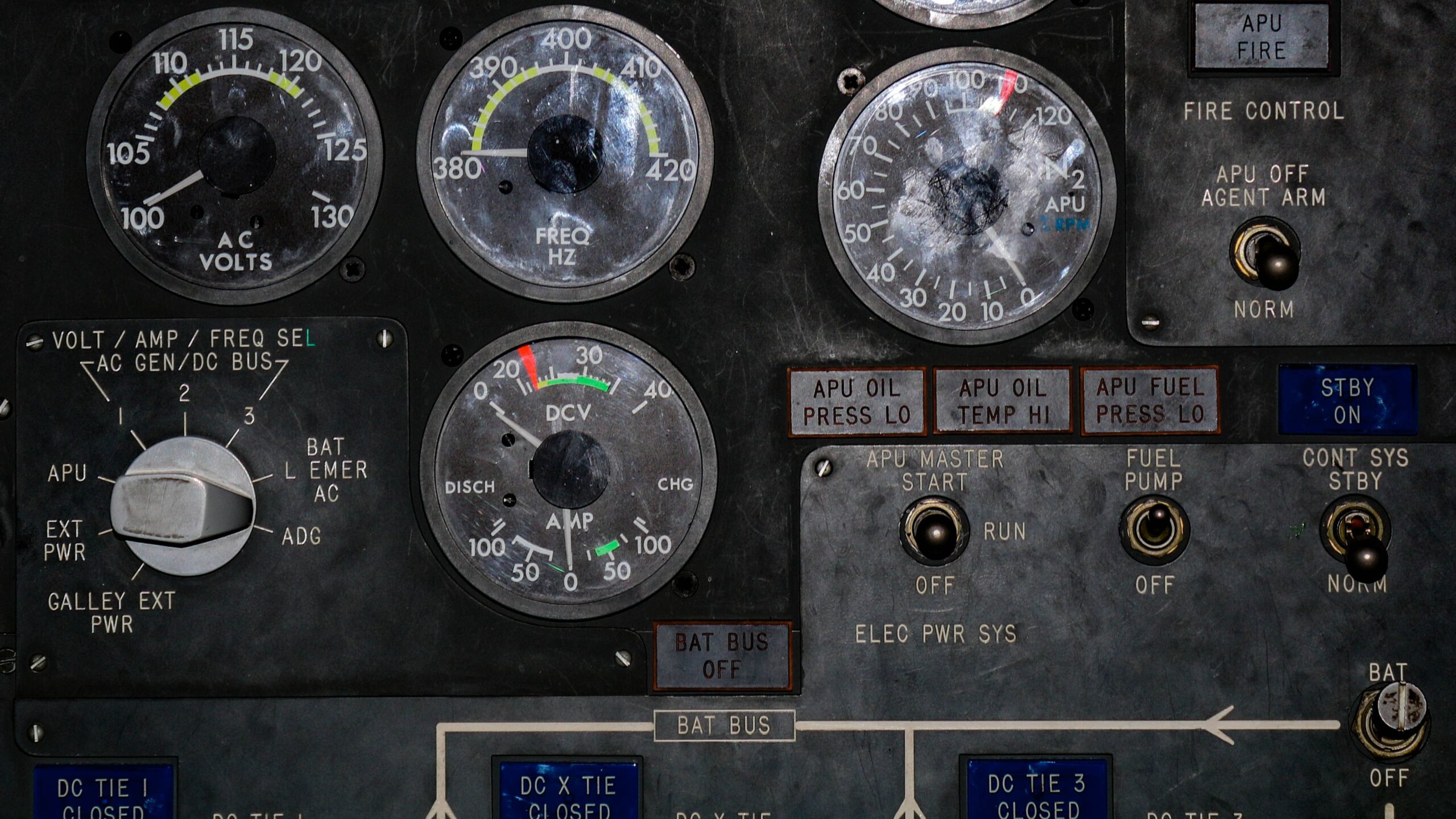What is an electric panel?
The electric panel is what connects the wires from outside of your home to the wires inside of your home. You can usually find electric panels in places like your garage, utility room, or even on the exterior of your house – though they can technically be placed anywhere that allows for it. The breaker panel is how the hydro company provides electricity to your home and it goes by many names, such as the fuse box, load center, breaker box, etc. In a situation where you have tripped the breaker, all you need to do is usually flip the breakers on and off again.
For better protection of your home and safety it is important that you get your electrical panel checked by your local electrical contractors within 6 months of period.
How to find out if your electric panel is faulty and needs to be upgrade or replaced?
When to upgrade your electrical panel?

If any of the following questions apply to you, it may be time to consider panel upgrades for your home.
Do you live in an older home? If your home is more than 20 years old, it’s likely that it only has a 100 amp electrical panel. This used to be enough power for most appliances, but now newer appliances require more electricity to run. In fact, new homes are being built with 200 amp electrical panels to accommodate the increased power needs of modern appliances. So if you’re finding that your home’s electrical system can’t keep up with your power needs, you’re not alone!
If your electric panel is feeling warm or emits a burning smell, it may be overloaded, installed improperly, or defective. This puts you at risk for a fire, so it’s important to learn more about what you can do to prevent this from happening.
If you notice faulty wiring, a few ways to notice faulty wiring in your home are by flickering or dimming lights, a slight shock or tingling sensation when you touch appliances, a persistent burning smell, or sparking or discolored power outlets. The risk of a fire caused by faulty wiring dramatically increases based on how old your house is; for example, older wiring may not meet code, and wire insulation and other materials tend to deteriorate over time.
New appliances that use a lot of electricity; Are you planning on getting any new appliances that use a lot of electricity? If so, there’s a chance your electric panel might not have enough power to keep it running. If your panel doesn’t have enough electricity to meet all your appliances, there’s a risk that your circuit breakers could trip.
Outdated fuses are a thing of the past – insurance companies refuse to insure homes that use them because they’re a fire hazard. Fuses only work once and then they’re done, while circuit breakers can simply be reset. Fuses melt when they detect that a current is running too high, which interrupts the flow of electricity. So if you’re looking to upgrade your home’s electrical outlets, go with circuit breakers – they’re a safer bet.
Electric panel is faulty and needs to be replaced?

If you suspect that your electric panel is faulty, there are a few ways you can figure it out.
First, check the circuit breakers for any tripped breakers. If any are tripped, then there’s likely a problem with the panel and it will need to be replaced.
Secondly, check the wires in your panel. If they’re exposed or too close to other wires, you may need to have the panel replaced.
Lastly, call an electrician and schedule an inspection. If they discover any problems with the panel, they’ll let you know and you can decide if you need to have it replaced!
*** Electric panels are the main source of electricity in your home. Therefore, it is important to upgrade or replace it when required.
Hire MJR Electrics for your next project
MJR Electric specializes in any small commercial or residential jobs, located all mainly in the Vancouver and Okanagan area of British Columbia. We have a determined vision to reduce carbon emissions through avenues like solar and LED lighting. We see the demand and potential to provide charging stations for electric vehicles, as well as information for EV incentives.

